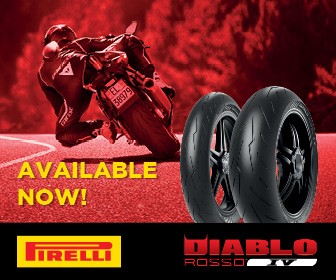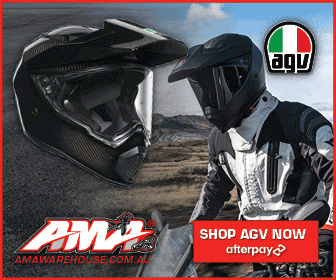TRAVEL
Posted On 26 Mar 2024
Comment: Off

IT’S THAT TIME OF DAY TIME TO SET UP CAMP
WORDS THE BEAR PHOTOS VARIOUS

I heard it even before I woke up – a sort-of mechanical grinding noise, with kind of moist overtones. Sort of like the sound of meat being ground up and put in cans. Not something you want to hear as you drift back to consciousness in your flimsy tent in the morning. I could see vague but huge shadows like some kind of processing machinery through the thin fabric, surrounding me. After extracting myself from the sleeping bag and screwing my courage to the sticking point I threw open the fl y and found myself facing ruminating cows. They were looking at me with that polite composure they do so well.
Previous Story






